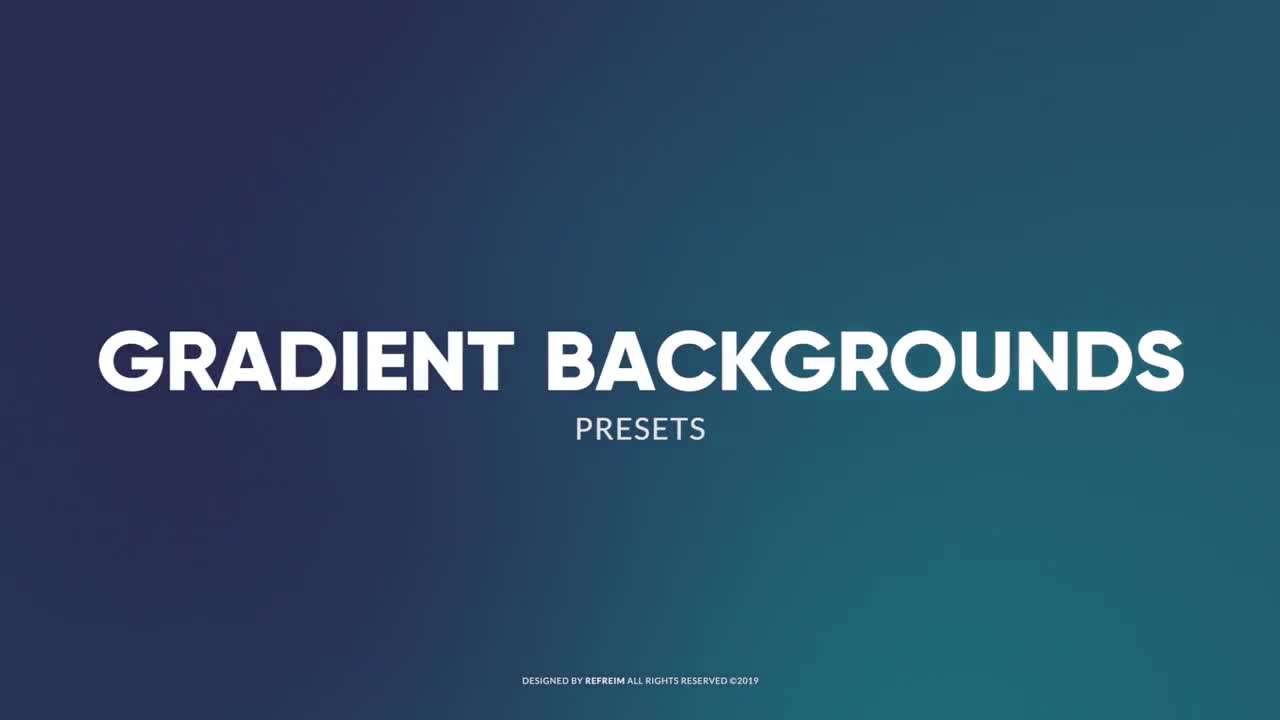No green screen? Remove your background with After Effects and the root brush with this video.-Music provided by Epidemic Sound.
Hi all I am trying to render a clip with a transparent backround but for the love of me I cannot get it to work. I have also tried media encoder but I am not sure what settings I need to have not export it. I am using windows 10 with the new Adobe After Effects 2020. The image is transparent, an. Try these five simple Adobe After Effects techniques to create backgrounds for all your upcoming motion graphics projects. Deciding on backgrounds for motion graphics can take a bit of time, but they don’t have to take forever to create. There are many ways to go about designing your background while keeping it consistent with your main project. After Effects Backgrounds Choose from over 2,000 After Effects backgrounds. Explore items created by our global community of independent video professionals, confident they're hand-reviewed by us.
After Effects Background Animation
Cover image via
Try these five simple Adobe After Effects techniques to create backgrounds for all your upcoming motion graphics projects.
Deciding on backgrounds for motion graphics can take a bit of time, but they don’t have to take forever to create. There are many ways to go about designing your background while keeping it consistent with your main project. This After Effects tutorial covers five different ways to go about creating your background.

The Smooth Gradient
One of the safest background techniques that works in almost every situation is the gradient. A radial gradient provides a clean background and has the ability to work the brand’s color palette into any video.
Repeated Shape Layers
Want to add some designs to your background? Grab a shape from the tools menu and use a repeater to run it across the entirety of your composition. Repeated shapes offer a quick way to add detail to your background.
Custom Repeated Shape Layers
Use the pen tool to add a custom shape that looks amazing and follows the style of your brand. You can even grab the outline of a vector file in Illustrator, paste it into a shape layer within After Effects, and then add a repeater.
Particles

Particles can be a great way to add movement and small details to your composition. CC Particle World will allow you to have a constant flow of customized moving particles. You can also upload your own vector graphics as particles.
Textures

Motion graphics artists may be accustomed to using .PNG images just as their background. However, with the techniques above, you can use a texture to composite over your pre-made background. This will tie all of the elements together nicely.
Bonus: Lens Flares
Having a pre-made lens flare pack can help you dramatically. Lens flare help create depth and add contrast to the overall composition. Be sure to check out Radium from Rocketstock.com for 120 amazing lens flares elements.
After Effects Background Tutorial
100 Loopable Backgrounds
If you are looking for amazing, ready-to-go background assets, check out Canvas on Rocketstock.com.
Looking for more After Effects tutorials and assets? Check these out.
In this exercise, you'll learn how to do the following:

- Create a garbage mask.
- Use the Color Difference Key effect to key an image.
- Check an image's alpha channel for errors in a key.
- Use the Spill Suppressor effect to remove unwanted light spill.
- Key out a background by using the Keylight effect.
- Adjust the contrast of an image by using the Levels effect.
In this exercise, you'll build a promotional spot for a weekly news segment on a fictional television station. You'll begin by working with live-action footage of an actor captured on a greenscreen stage. You'll learn how to use keying effects to remove the green background and clean up the edge of the key to remove any lingering green spill. Then you'll add a title to the promo, and place a station ID into the composition to complete the project.
About Keying
Keying is defining transparency by a particular color value (with a color key or chroma key) or brightness value (with a luminance key) in an image. When you key out a value, all pixels that have similar colors or luminance values become transparent. Keying makes it easy to replace a background of a consistent color or brightness with another image, which is especially useful when working with objects that are too complex to mask easily. The technique of keying out a background of a consistent color is often called bluescreening or greenscreening, although you don't have to use blue or green; you can use any solid color for a background.
After Effects Background Color
Difference keying defines transparency with respect to a particular baseline background image. Instead of keying out a single-color screen, you can key out an arbitrary background.

After Effects Background Not Showing
Why might you use keying? There are a variety of reasons, including the following:
After Effects Background Free
- A stunt may be too dangerous for an actor to perform on location.
- The location may be too hazardous for cast and crew to film live.
- In the case of science-fiction movies, the location may not exist at all.
- You might be working with a limited budget and cannot shoot any other way.
The best way to ensure a good key is to know what format works best. MiniDV is a popular format, and you'll use it in this exercise, but compression can cause MiniDV footage to have artifacts such as blocky regions or aliasing along the curves and diagonals of your subject. The greater the digital compression, the harder it is to pull a clean key. After Effects can help you solve these and other keying problems.
